Social Impact
Passionate about progress.
Our commitment to Do it Right drives us to create opportunities that help improve everyone’s financial well-being.

Inspiration, innovation and impact.
We believe it’s on us to create the change we want to see in the world. That means being a relentless ally to our people, customers, communities and planet.
Taking a step further than our volunteer and philanthropy programs, we approach social impact strategically so it supports social and business results. By aligning our business goals with sustainable practices, we help drive positive change in our communities and environment.
Executing with excellence.
Good enough is never enough for us. We’re always looking for ways to be even better, together. Whether it’s fostering a positive culture within our company or improving economic mobility in our communities, we strive to make where we work and live a better place for everyone.
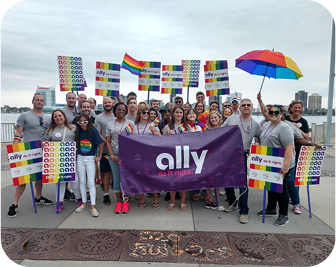
Ally for all.
When we begin by recognizing and celebrating unique perspectives, success soon follows everyone.
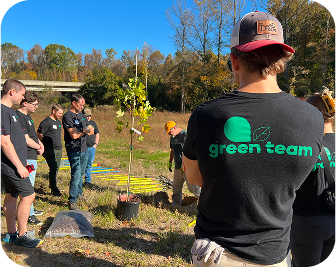
Employee giving.
We encourage our employees to volunteer on the clock, plus match their hours with contributions across different organizations.
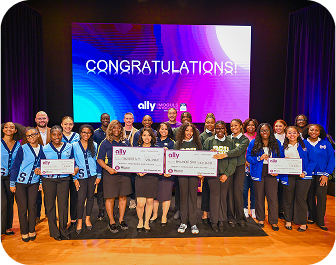
Economic mobility.
Powering our community with affordable housing, financial education and workforce development is what we’re all about.
Positive change in every action.
Our shared vision of making the world a better place motivates us to work together to truly serve and give back to our communities every day. Here’s a few of our latest highlights as of 2024.
$17.7 million
in charitable contributions.
72.8%
of employees gave back by volunteering or donating.
61,000+
volunteer hours.
Take a deeper dive to learn more about our corporate social responsibility .
Ally and Habitat for Humanity.
We value actively participating in creating new opportunities and breaking barriers for the greater good through volunteering, offering expertise and providing guidance.
One of our most memorable milestones was helping to launch Meadows at Plato Price, Habitat for Humanity of the Charlotte Region’s largest housing development. We’re not just building homes but a brighter future, contributing to affordable and sustainable housing in North Carolina.
Check out more on how we’re driving impact .
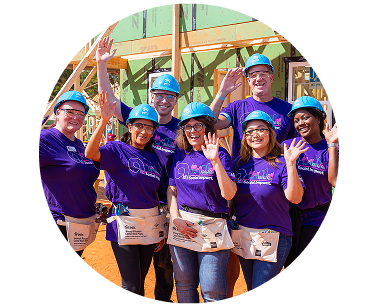
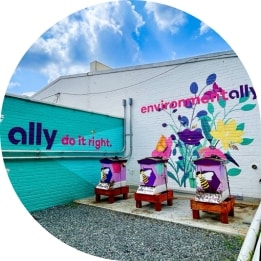
Environmental Sustainability CDP Reporting.
Our commitment to being a relentless ally goes beyond banking. That’s why we’re focused on conserving environmental resources to help create a sustainable future for our customers, employees, shareholders and communities we support. To demonstrate our commitment, we submit a yearly change questionnaire to not-for-profit environmental reporting organization CDP for an assessment and calculation of our Scope 1, Scope 2 and Scope 3 emissions.
Read 2024 response (PDF)
Read 2022 response (PDF)
Read 2023 response (PDF)
Read 2021 response (PDF)
Renewable energy.
Installed solar panels generating enough renewable energy to offset close to 90% of the electrical needs of our building in Lewisville, Texas.
Green Team.
Our network of environmentally-focused volunteers assisted in more than 30 community organizations and served more than 3,500 hours, up 52% from the previous year.
Electric vehicles.
Installed EV charging stations providing more than 50% of our employees with access to EV chargers.
LEED certification.
Achieved LEED certification in 55% of buildings we own.